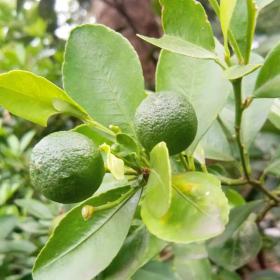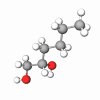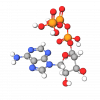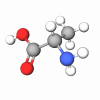Lime (Citrus Aurantifolia) oil is obtained by cold pressing the peel or steam distilled from the whole fruit. This essential oil is anti-anemic, antimicrobial, antirheumatic, anti-sclerotic, antiscorbutic, antiseptic, antispasmodic, antitoxic, astringent, bactericidal, carminative, cicatrizant, depurative, diaphoretic, diuretic, febrifuge, hemostatic, hypotensive, insecticide, rubefacient, stimulates white corpuscles, tonic, vermifuge.
Historically, lime oil is used for its antiviral and antibacterial properties which make it excellent for treating cold and flu symptoms. It is also commonly used as a digestive and appetite stimulant and used in dyspepsia with glycerin of pepsin.
Citrus Aurantifolia oil is often used indiscriminately with that the lemon, although its flavor is not so popular. Oil of limes is used for flavoring purposes, especially in mineral waters and artificial lime juice cordials, consisting of sweetened solutions of tartaric acid.
Lime oil blends well with bergamot, lavender, cedarwood virginiana, clary sage, lemongrass, and pine oils. Citrus Aurantifolia oil can be phototoxic, so do not use skin care products containing lime oil before going out into the sunlight and dilute before use.










